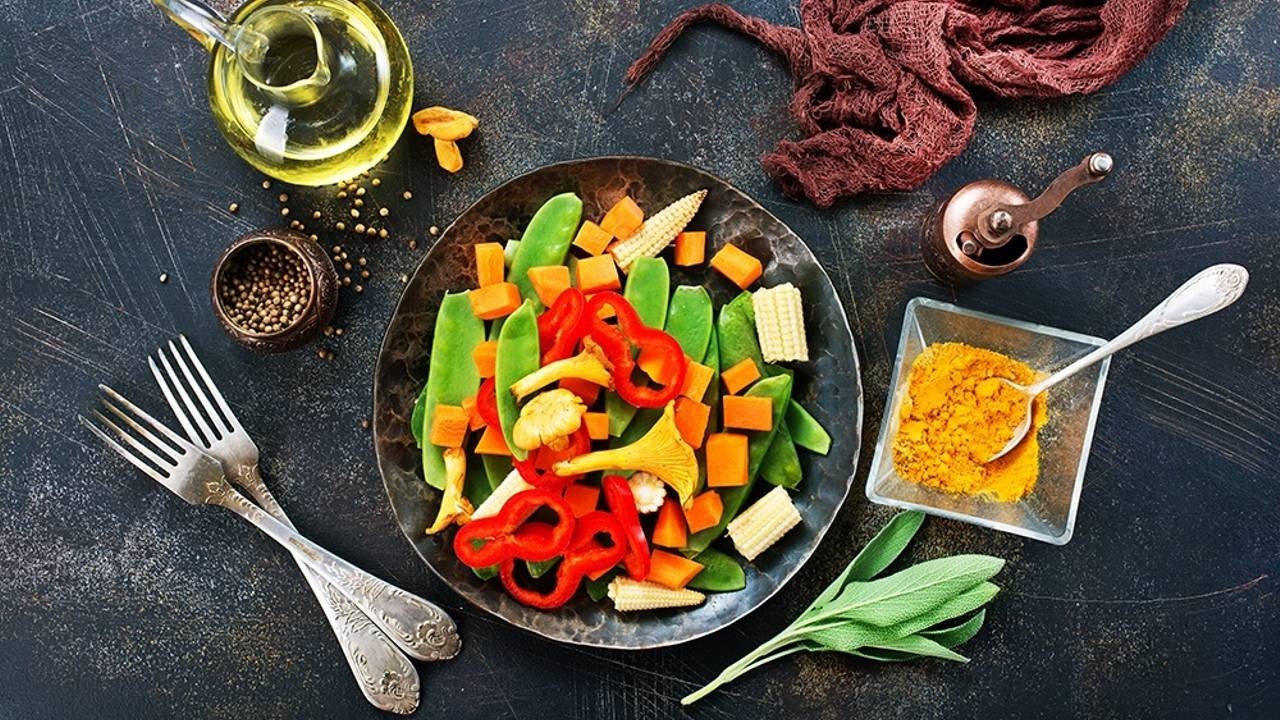Nutrition Meltdown? Try Low GI

Post-New Year resolutions can fizzle out fast when your focus fades, and comfort food can often start to replace the balanced nutrition plan you organized to complement your new 2021 exercise goals. However, with February poised as the official countdown to Spring, it’s a perfect time to jump back in the saddle with renewed zest for sensible eating and weight loss. You'll be supercharged to trim weight, drop inches, and build a lean, sculpted body – all in time for beach season!
Hitting the Nutrition Recharge Button
This time of year the winter blah’s can creep in when the temperature drops and daylight dwindles. And if your New Year goal of getting up bright and early to workout at 6am before work and your kid's online school has burned out, we’ve got you covered. We'll share some great nutrition tips designed to help hit the recharge button and fast-track your success.
One of the best and easiest ways to start is to go low GI as studies have shown that it aids weight loss and reduces blood sugar levels, not to mention lowering the risk of heart disease and type 2 diabetes.
How to Switch to a Low GI Diet
The basic technique for eating the low GI way is simply a "this for that" approach. For example, swapping high GI carbs for low GI carbs. You don't need to count numbers or do any sort of mental arithmetic to make sure you are eating a healthy, low GI diet. There is a measurement system to follow called the Glycemic Index (GI) to use as a guide. Its purpose is to promote better blood sugar management.
GI is a value used to measure how much specific foods increase blood sugar levels. Foods are classified as low, medium, or high glycemic foods and ranked on a scale of 0–100. The lower the GI of a specific food, the less it may affect your blood sugar levels.
Here are the three GI ratings:
- Low: 55 or less
- Medium: 56–69
- High: 70 or above
Basic Rules: Foods high in refined carbs and sugar are digested more quickly and often have a high GI, while foods high in protein, fat, or fiber typically have a low GI. Foods that contain no carbs are not assigned a GI and include meat, fish, poultry, nuts, seeds, herbs, spices, and oils. You also need to limit your portion size.
7 Additional Low GI Nutrition Tips:
- Use breakfast cereals based on oats, barley and bran
- Use breads with whole grains, stone-ground flour, sour dough
- Reduce the amount of potatoes you eat
- Enjoy all types of fruit and vegetables (Fruit in controlled amounts to avoid too much simple sugar)
- Use Basmati or Doongara rice
- Enjoy whole grain pasta, noodles, quinoa
- Eat plenty of salad vegetables with a vinaigrette dressing
When deciding what to put on your plate, these basic tips can keep you in the safe zone when making informed choices. There are a few additional factors that affect the GI of a food too including the ripeness, cooking method, type of sugar it contains, amount of processing it has undergone, and portion size. So, doing a simple Google search can easily help you identify the GI rank of any foods you’re looking to add to your healthy nutrition plan that will serve to keep you on track with your goals.
Stay healthy,
Stay connected with news and updates!
Join our mailing list to receive the latest news and updates from our team.
Don't worry, your information will not be shared.
